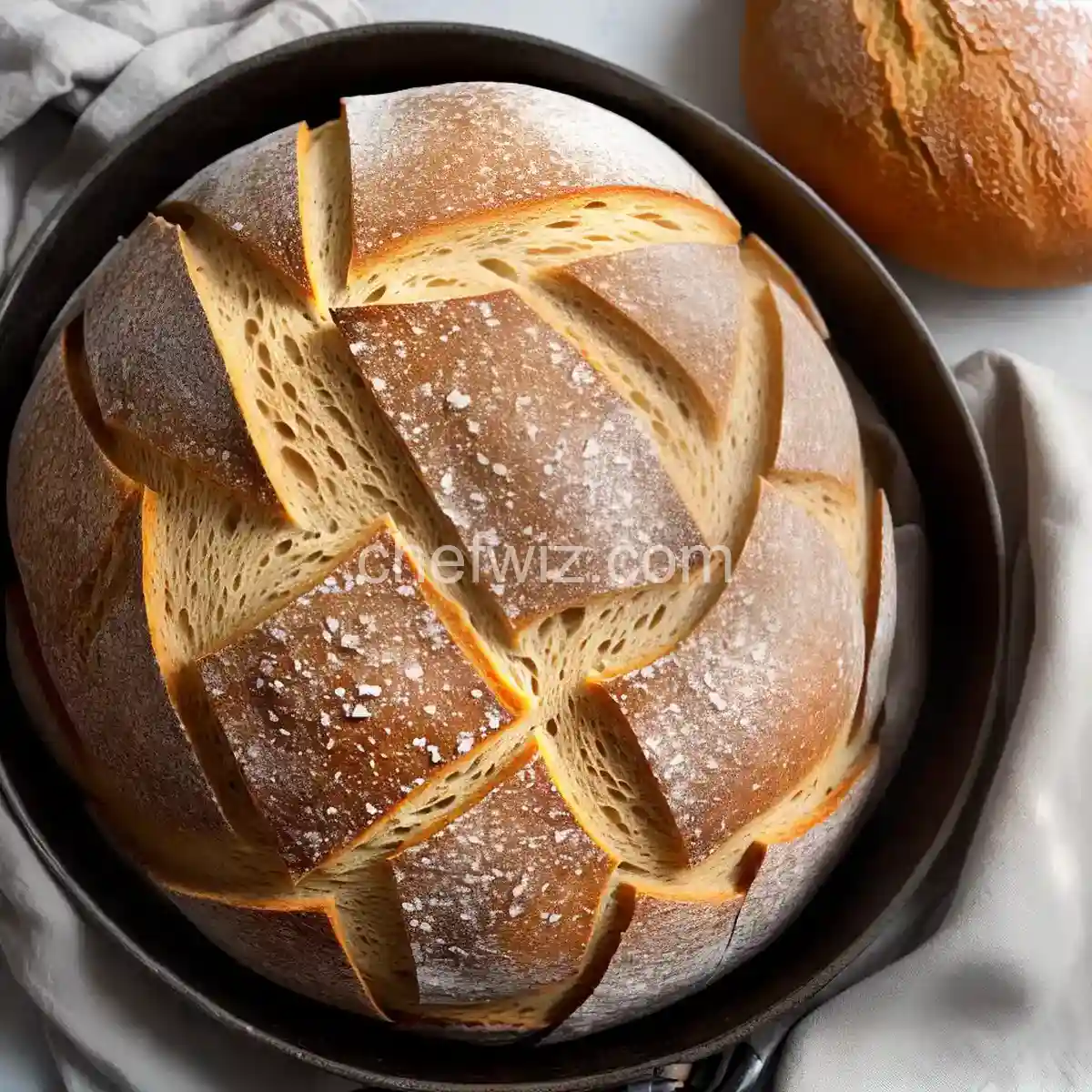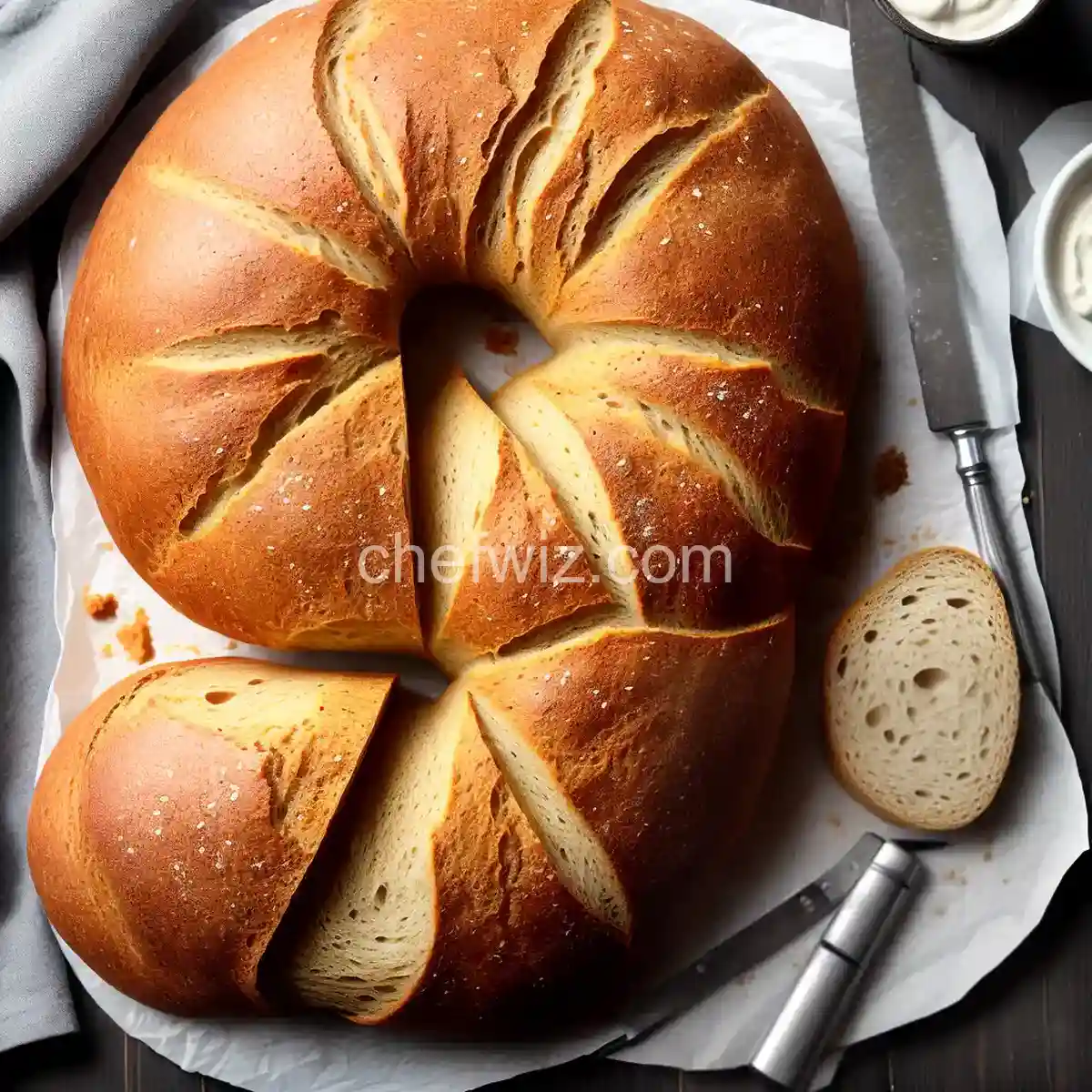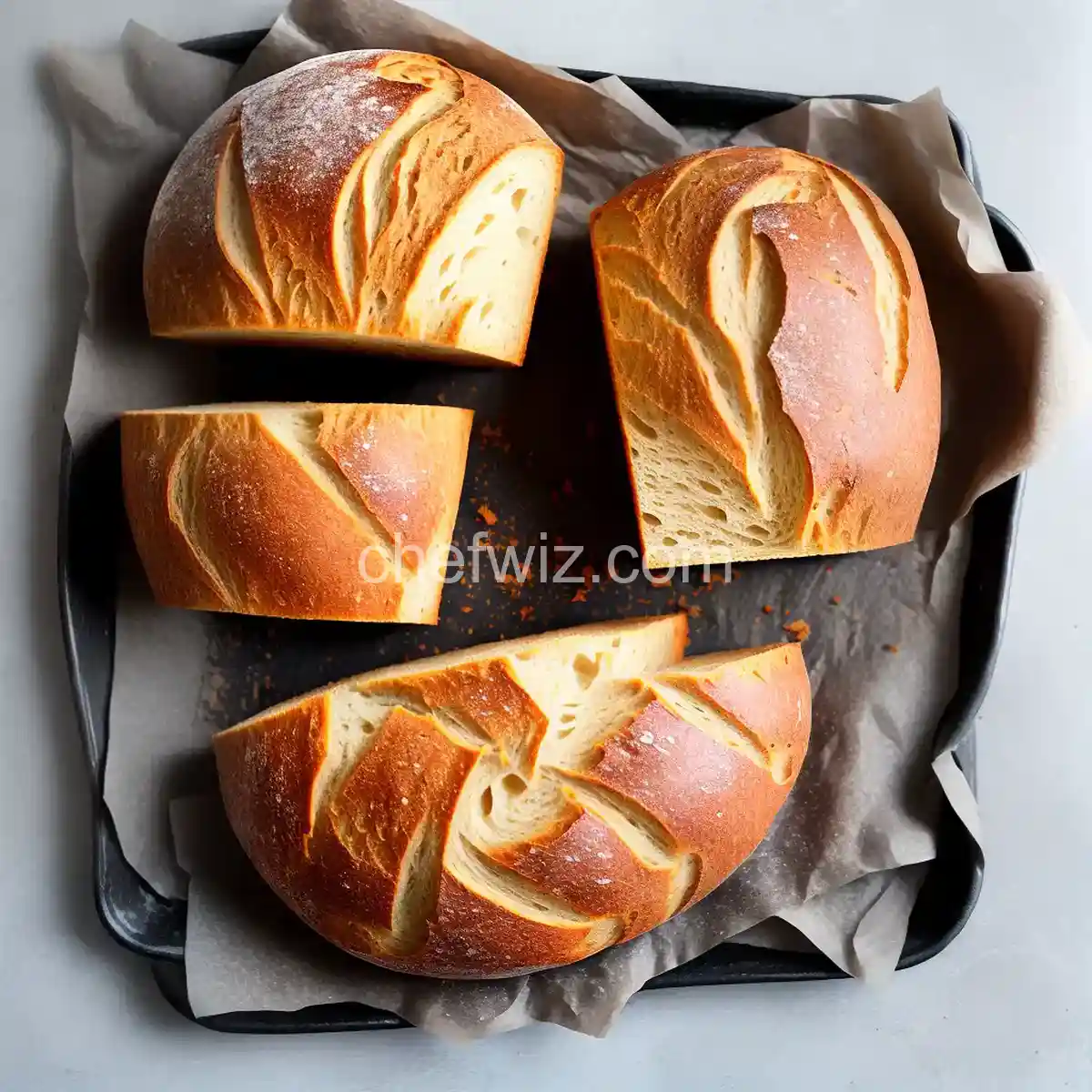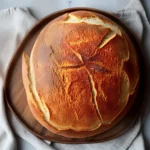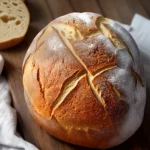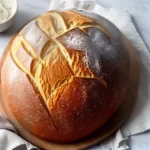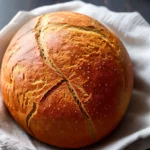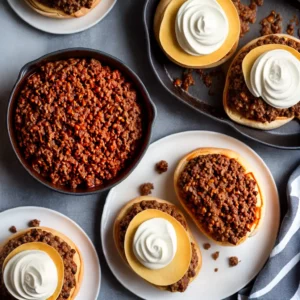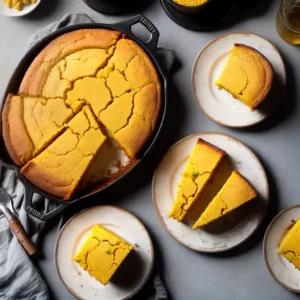Sourdough Bread III
Are you a bread lover? Do you crave the delightful aroma of freshly baked bread wafting through your kitchen? If so, then you must try making your own sourdough bread. Sourdough bread is not just any bread; it’s a magical creation that combines the science of fermentation with the art of baking. In this article, we will explore the secrets of making sourdough bread and discover why it is the ultimate bread for bread enthusiasts.
The Science Behind Sourdough Bread
Have you ever wondered why sourdough bread has that distinct tangy flavor and chewy texture? It’s all thanks to the wild yeast and lactobacilli present in the sourdough starter. These microorganisms work together to ferment the dough, creating bubbles of carbon dioxide that make the bread rise. The longer the fermentation process, the more complex the flavors become. It’s like a symphony of tastes dancing on your taste buds.
Creating the Perfect Sourdough Starter
Now that you understand the science behind sourdough bread, it’s time to embark on the journey of creating your own sourdough starter. Think of the sourdough starter as the heart and soul of your bread. You will need flour, water, and a little bit of patience. Mix them together, and let the magic happen. Over time, the wild yeast and lactobacilli will colonize the mixture, creating a bubbly and active starter that is ready to leaven your bread.
Feeding and Maintaining Your Sourdough Starter
Just like any living organism, your sourdough starter needs regular feeding to stay healthy and active. Feed it with equal parts of flour and water, discarding a portion of the starter to prevent it from growing too large. This regular feeding will ensure that your starter remains vibrant and ready for baking whenever you desire that warm loaf of sourdough bread.
The Art of Sourdough Bread Baking
Now that you have a lively sourdough starter, it’s time to put your baking skills to the test. Baking sourdough bread is an art form that requires practice and patience. From mixing the dough to shaping and scoring it, every step is crucial in creating the perfect loaf. But don’t worry, with time and experience, you will master the techniques and create beautiful, crusty, and flavorsome sourdough bread.
The Fermentation Process
One of the most critical stages in sourdough bread baking is the fermentation process. This is when the dough undergoes a slow rise, allowing the flavors to develop and the gluten to strengthen. It’s like a symphony of biochemical reactions happening right in your mixing bowl. The longer you let the dough ferment, the more pronounced the flavors will be in the final product.
Shaping and Scoring the Dough
After the fermentation process, it’s time to shape your dough into the desired loaf shape. This is where your creativity comes into play. You can make a classic round boule or an oblong batard. Once shaped, don’t forget to score the dough with a sharp knife or a razor blade. This not only adds a decorative touch but also allows the bread to expand and rise beautifully in the oven.
The Final Result: A Slice of Heaven
After hours of patience and anticipation, your sourdough bread is finally ready to be devoured. As you slice into the loaf, you will be greeted by a beautiful golden crust and an open crumb structure. The tangy aroma fills the air, and you can’t wait to take that first bite. The bread is slightly chewy, with a complex flavor profile that is both comforting and satisfying. This is bread at its finest.
Frequently Asked Questions (FAQs)
Q: Can I use all-purpose flour to make sourdough bread?
A: Absolutely! All-purpose flour works great for making sourdough bread. However, you can also experiment with other types of flour to add different flavors and textures.
Q: How long does it take to make a sourdough starter?
A: It typically takes about 5-7 days to create a vibrant and active sourdough starter. Remember, patience is key in this process.
Q: Can I freeze sourdough bread?
A: Yes, you can freeze sourdough bread. Just make sure to wrap it tightly in plastic wrap or a freezer bag to prevent freezer burn.
Q: Why is my sourdough bread dense?
A: There could be several reasons for dense sourdough bread, such as insufficient fermentation time, underproofing, or overproofing. It’s all about finding the right balance.
Q: Can I make sourdough bread without a sourdough starter?
A: Technically, no. Sourdough bread is made using a sourdough starter. However, you can make a quick version of sourdough bread using commercial yeast and vinegar to mimic the tangy flavor.
Q: Can I add nuts and seeds to my sourdough bread?
A: Absolutely! Adding nuts and seeds to your sourdough bread can add a delightful crunch and extra flavor. Get creative and experiment with different combinations.
Q: How do I know when my sourdough bread is fully baked?
A: Tap the bottom of the bread, and if it sounds hollow, it is a good indication that your sourdough bread is fully baked. You can also use a thermometer to check the internal temperature, which should be around 200-210°F.
Q: Can I use a bread machine to make sourdough bread?
A: While it is possible to make sourdough bread in a bread machine, it may not yield the same artisanal results as handcrafted bread. The process and texture may vary.
Conclusion
Sourdough bread is more than just a loaf of bread; it’s a labor of love. From creating and nurturing the sourdough starter to the careful attention and skill needed in baking, every step is an opportunity to connect with the ancient tradition of breadmaking. So why settle for store-bought bread when you can create your own masterpiece

Sourdough Bread III
Ingredients
- 1 tbsp of active dry yeast
- 3 tbsp of wheat germ
- 3 tbsp of sugar
- 1 tbsp of salt
- 4 cups of bread flour
- 1 ½ cups of sourdough starter
- 3 tbsp of softened margarine
- 1 cup of milk
- 1 tbsp of cornmeal
Instructions
- Combine all ingredients in a bread machine on the Manual cycle, which typically includes two mixing cycles lasting about 15 to 20 minutes, with an hour-long rise cycle in between.
- Transfer the dough onto a surface lightly dusted with flour. Shape the dough into a round loaf.
- Place the loaf on a baking stone or lightly oiled and cornmeal-sprinkled baking sheet. Cover the loaf and allow it to rise in a warm location until it nearly doubles in size, which should take around 40 minutes.
- Preheat the oven to 425 degrees F (220 degrees C).
- Bake the loaf in the preheated oven for 20 to 30 minutes, or until it turns golden brown and sounds hollow when tapped.
- Allow the loaf to cool on a wire rack.

